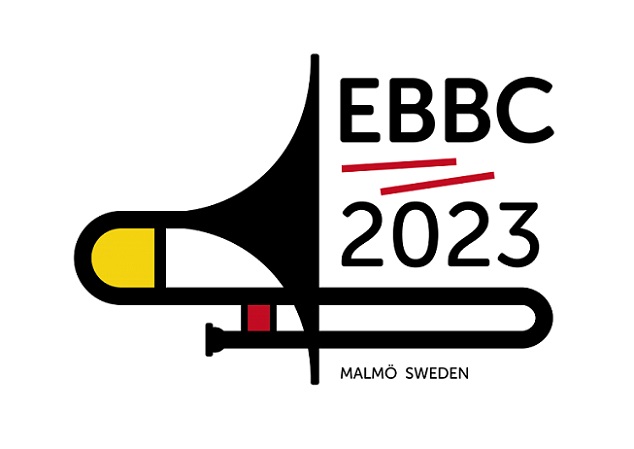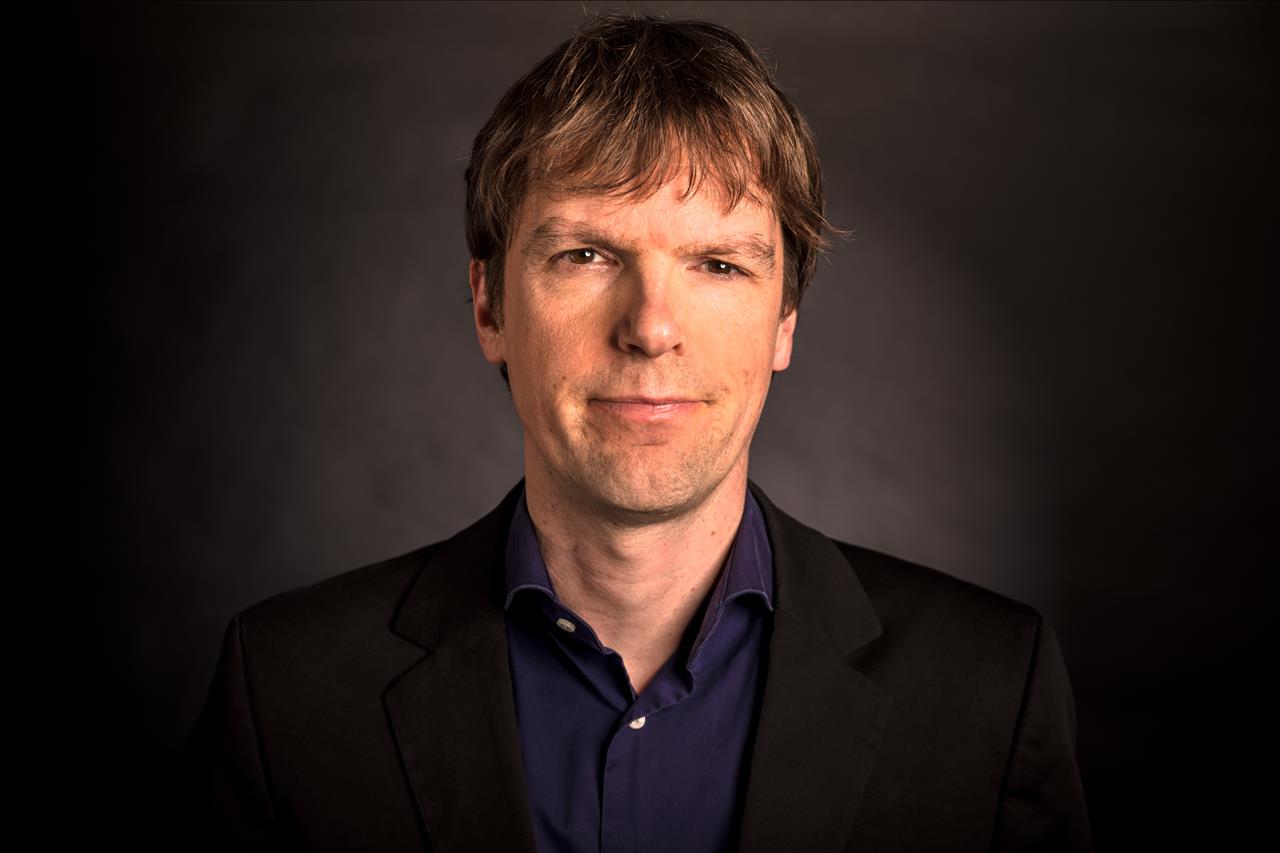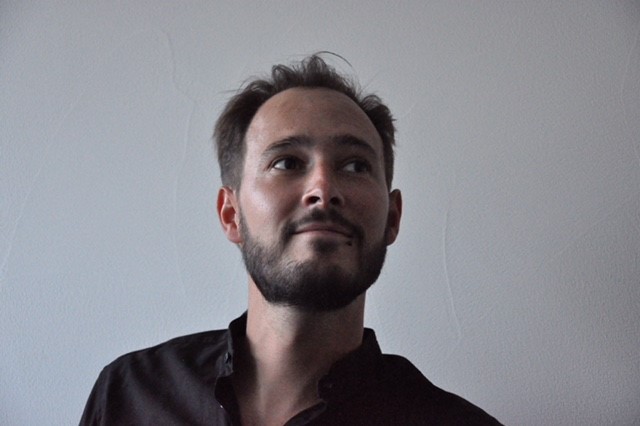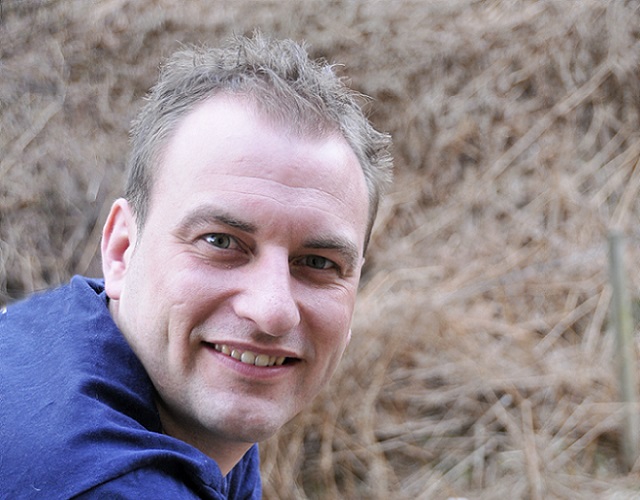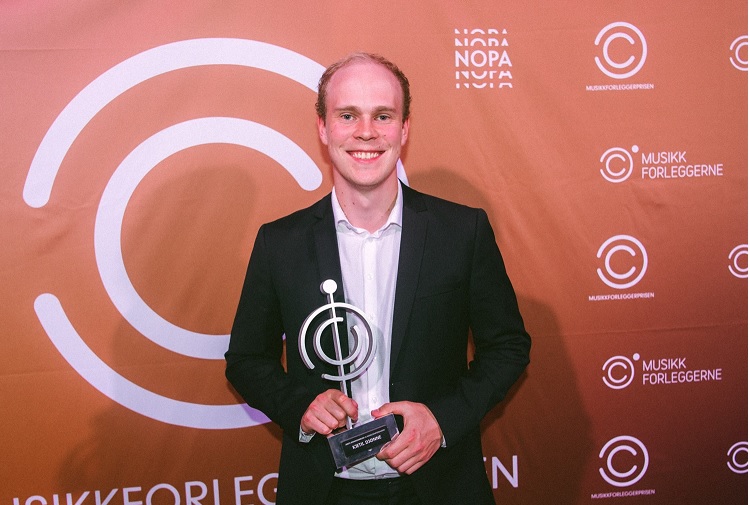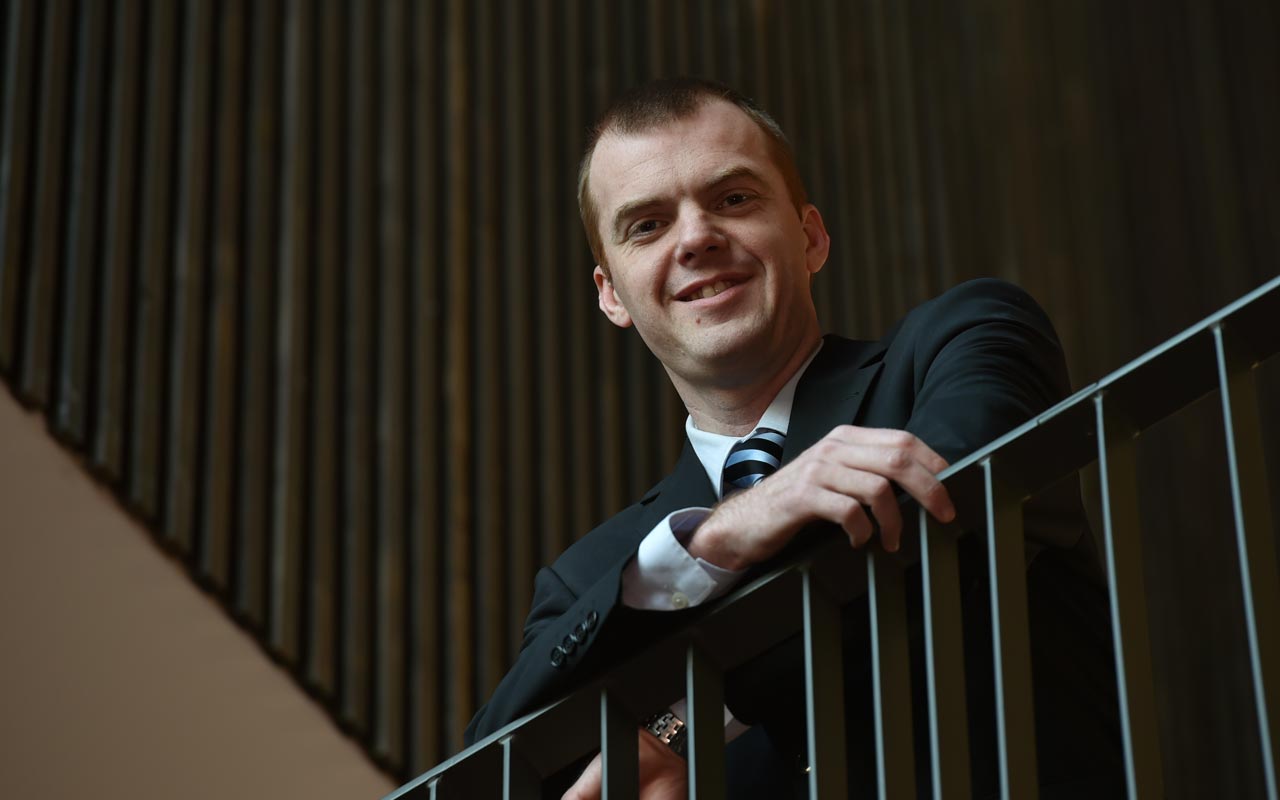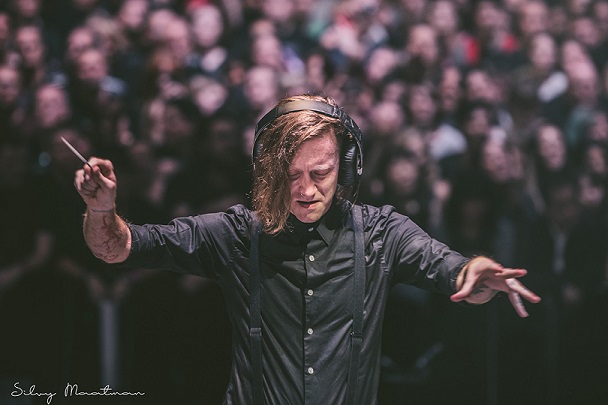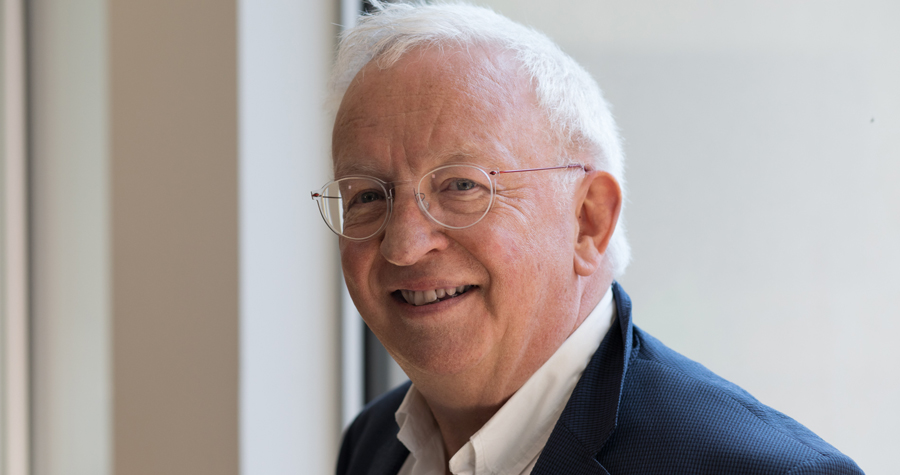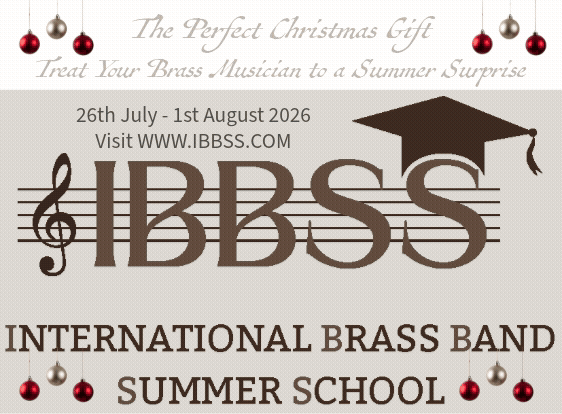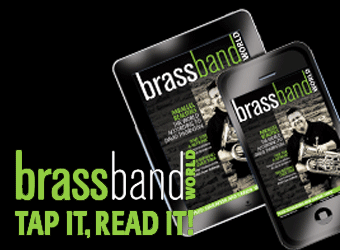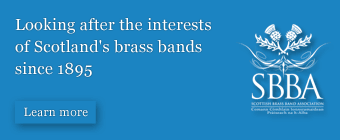4BR Editor Iwan Fox takes a closer look at the own-choice selections that will be performed by the 14 bands in the Championship Section in Malmo.
Perhaps the most significant musical development that has taken place over the 45 year history of the European Championships has been seen in the inspiration, scope and complexity of the own-choice works performed by the elite level competitors.
Generational changes were at first slow to emerge, but arguably since the arrival of the first bespoke ‘blockbuster’ work in the form of Philip Sparke’s ‘Music of the Spheres’ in 2004, we have seen an exponential growth in specialist commissions for the contest.
Generational changes were at first slow to emerge, but arguably since the arrival of the first bespoke ‘blockbuster’ work in the form of Philip Sparke’s ‘Music of the Spheres’ in 2004, we have seen an exponential growth in specialist commissions for the contest.
The days of Eric Ball and Gilbert Vinter are long gone – and this year there is no Peter Graham (who has notched up 37 performances of 10 works) or Philip Sparke (an incredible 79 from 14), although Philip Wilby (48 from 8) and Edward Gregson (41 from 9) are still testing the bands.
These then are the works to be performed.
A Gabrieli Fantasy (Bert Appermont)*
‘A Gabrieli Fantasy’ is an extended exploration of an original octet composition ‘Canzon in Diouble Ech a 12’ written in 1608 by Italian composer Giovani Gabrieli.
Belgian composer Bert Appermont has developed that through five linked elements based on a triple chorus (group) band structure - the three groups both separate and co-joined. The central group is positioned behind the main ensemble to act as a musical echo to those ‘choirs’ spaciously flanked each side of it.
Different kinds of triple chorus are used; from letting the triptych play in different sections in quick succession, to echoes of melodies, motifs and cell chords, extended, distorted, expanded or simply adapted in various contrapuntal or canonic variants.
Part 1 (‘Canzon’) is formed from the original melody but adapted quickly into virtuosic passages as well as choral and tutti themes of a ‘Toccata’.
A ‘Chorale’ creates dissonance and mystery based on four tones of the original Canzon, whilst the ‘Scherzo’ that follows also adapts the thematic cell but in a completely new identity – including a sarcastic canon between the three groups.
The finale returns the music to its glorious theme – hammering motifs and virtuosic scalic passages adding to the ornate colourings of neo-baroque inspiration.
The prestissimo ending adds all the elements together for an overwhelming climax.
Iwan Fox
*To be played twice
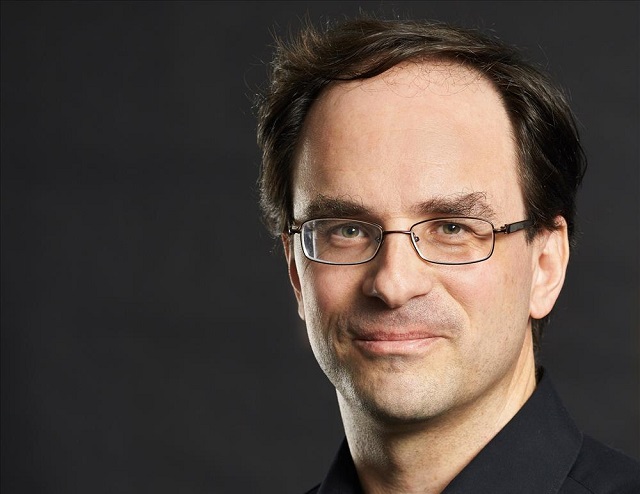
Antiphonies on Themes by William Byrd (Oliver Waespi)
Oliver Waespi’s latest major composition is a 400th anniversary homage to William Byrd, the late Renaissance English composer who died in 1623.
It is the Swiss composer’s second exploration of English renaissance music following the critically acclaimed ‘Audivi Media Nocte’. However, where that motet by Thomas Tallis spoke of darkness and the imagery of the night, ‘Antiphonies’, with its relatively bright harmonic spectrum and luminous sound fields, is more akin to the vistas of the day.
It takes its starting point from his celebrated motet ‘Sing Joyfully’ which employed antiphonal spatial structures in performance in passing the theme around various groups of players.
The broad sounds of the opening soon become more linear in their character development with marked rhythmic drive and an increasing virtuosic solo and tutti elements.
A second, slow section explores the thematic lyrical potential, whilst a chaconne’s slowly rotating chords create a new harmonic environment. Further melodic gestures are presented in intimate interplay between soloists and small chamber groups before a second faster section again explored energised shapings and narrative motifs.
After a startling outburst of light, the music calms and undergoes transformation into its finale. At first scattered soloists reprise lyrical memories before the music draws into the tonal ensemble depths.
From there, slowly emerging sound waves gradually develop into a broad, antiphonal sound field, bringing the piece to a glorious close.
Iwan Fox
Are We Dark Inside? Concerto No 18 for Brass Band (Ludovic Neurohr)
Ludovic Neurohr’s work is a treatise on the compass of moral decision making.
It questions the true value placed on culture through political choices, and the ‘facts’ used to reinforce decisions – greed and self interest amongst them. The composition allows the listener to make their own mind up throughout three linked sections that balance strident virtuosity with lyrical beauty.
Although the outlook may seem initially technocratic, a sense of optimism eventually rises.
That underpins the resonant belief that the individual still retains the power for good, even against the combined forces of corporate exploitation that has enforced a form of cultural vandalism in the name of economic sustainability – the value of culture reduced to an entry in an accountant’s ledger.
The three linked movements reflect this: ‘Portraits’ evoke the technical mechanisms behind its demise. In contrast, ‘Inside Human’ speaks of its undeniable beauty and sense of love. The final section, ‘Redemption’ finds optimism, sometimes sardonically, that can be used to overcome self-interest and return culture to its rightful place.
As the Swiss composer says: “It is clear to me that every single person on this planet is born with the possibility to make the good and the bad around himself. My question is only to know if the intentions are right or wrong?”
Iwan Fox
Astralis (Philip Wilby)
Philip Wilby’s work takes its inspiration from the images of the incredible objects, bodies and structures of the universe such as the famous ‘Pillars of Creation’ which have been captured by the James Webb Space Telescope (JWST), since its launch in December 2021.
The composer distils these into five joined sections – the first of which is a ‘Prologue’ entitled, ‘Fire and Ice’. Following this chorale Wilby states that he composed “a soundtrack to one of the JWST zoomed images, moving through space and time towards a distant and very beautifully lit nebula’.
The second section explores ‘deep field’ imagery – infinite mysterious sources that have sent their light to our eyes hundreds of thousands of years before.
A ‘Black Hole’ section mirrors the inexorable draw of matter and light into ultimate darkness, whilst ‘Nebula’ explodes thematic matter to reform into new material and new worlds – the music reflecting that iconic image of ‘The Pillars of Creation’.
An ‘Epilogue’ – ‘Ad Astra’ celebrates man’s desire to the explore the universe, its stars and the countless opportunities that the images the James Webb Space Telescope has brought us.
Iwan Fox
Breath of Souls (Paul Lovatt-Cooper)
When written in 2011 ‘Breath of Souls’ was very much music that reflected the here and now. A decade or more later and after enduring austerity, Covid, wars and an energy crisis to name but a few – it remains as relevant as ever.
The composer called it a celebration of life governed by the catastrophic power of nature – one of its commissioners Weyland Roberts having worked in science for many years. He was fascinated by nature’s remarkable ability to rejuvenate itself – a regenerative quality that remains under threat by human exploitation and its insatiable desire for instant gratification.
This is the essence of a work that lays that zeitgeist clearly in the minds of the performers and audience alike.
As composer states: " I wanted to compose a piece that was a celebration of life. Not only that, but a piece that from the very first notes is bustling with activity, emulating that in life everything that is living has a soul and breathes - nothing stays still and everything keeps moving and growing.”
With that the music flows with a ready ease – the hallmark of the composer’s writing style; energised and bustling with activity, its motifs defined and reprised. Choice comes with a multi-choice selection of cadenzas for leading instruments, whilst the build to the triumphant finale intense and dramatic.
Iwan Fox
Catharsis (Kjetil Djønne)
‘Catharsis’ is an exploration of purification through musical art – a process that brings a sense of spiritual renewal and release from moral ambiguities such as pity and fear.
Success sees complexity replaced by simplicity – a cleansing of the unwanted and unwarranted and a return to fulfilling certainty.
Although the etymology derives from ancient Greece, its understanding and usage in modern language hails from the late 18th century. It’s popularity to describe an overwhelming sense of cleansing for betterment – personal to political, much later still.
Written in linked, well defined sections it deliberately sets out to ask cathartic questions of individual performers through cadenza, solo and cameo passages, as well as sections, or the ensemble as a whole.
Tempi, style and texture and meter change in the process (motifs a fifth upwards or a fourth downwards to imply polyrhythmic as well as harmonic change in variants of 3:2 or 4:3) variances that first battle, then balance then resolve as the music progresses – from rich lyrical expression against furious structuralism, fiery colouring to pale washes, agitation to calmness, jazzy inflection to final, grandiose fulfilment.
Iwan Fox
Diary of a Madman – 24th February (Christian Brant)
Dictators, despots and deluded megalomaniacs have all tried to impose their warped visions of order on the world.
Christian Brandt’s work reflects not on the individual but more on the consequences of their ‘madness’ – and the quote from Julius Caesar: “Beware the leader who bangs the drums of war I order to whips the citizenry into a patriotic fervour.”
The work depicts a savage and brutal world, but also the resistance of the human spirit to repel, battle and overcome unjust authority. The title refers in part to the date of the Russia’s invasion of the Ukraine but also of the formation of the Nazi Party in Germany.
It is therefore a composition of extremes; viciousness and savagery set against beauty and optimism – almost a tone-poem overture of 22 intertwined sub-sections that reflect Caesar’s aphorism – from a Ruritanianesque toy solider parade to the ‘fight to the last gasp’.
There is ‘shock and awe’, grinding progress, sadness and loss, resistance and struggle – the music quoting freely of the Ukrainian National Anthem as well as Mussorgky’s ‘Great Gate of Kiev’ and Purcell’s famous ‘Dido’s Lament’ – ‘When I am laid in earth’.
The latter element reflects on the loss of homes, dignity and loved ones. There are occasional hints at better times as the theme of the parading toy tin soldiers is heard from afar, like a distant memory – although this time, bring victory to a just cause.
To announce the final push, the composer heralds a church bell strike and an air raid siren signalling a ferocious musical counterattack. After a final rendition of the Purcell theme, the work closes with a mood of triumph over tyranny.
Iwan Fox
Fraternity (Thierry Deleruyelle)
Thierry Deleruyelle’s work was originally commissioned as the set-test for the 2016 European Championship in Lille.
It is the first composition in his chronological series of the 20th century that has since included ‘No Man's Land’, ‘Crazy Twenties’ and ‘Sand and Stars’.
It is inspired by the tragic circumstances of a 1906 mining disaster in Douai in France that claimed over 1,000 lives, and is written in an open, richly tonal fashion - eschewing high-energy injections of volume and speed for more considered pacing and texture, subtly scored balances and lengthened lyrical lines.
The musical narrative, with nods of appreciation to the likes of composer Paul Dukas sets the scene. It tells the tale in linear fashion in seven linked sections; from the ‘Black Land’ and ‘Towering Colliery’ above ground, to the journey to the face to extract the coal.
The catastrophe is ignited by a fractured, frenzied forcefulness, the prelude to which is the ghostly on-rush of air through instruments - life or death a matter of luck.
The aftermath sees the solemn task of bringing out the dead, which draws the music into a bleak paean of reflection, before the piece ends in uplifting fashion in the form of a 'Fraternity Prayer' that pays tribute to those lost.
Iwan Fox
HorrorShow for Brass Band and Percussion (Simon Dobson)
In November 2015 Paris came under terrorist attack. However, within days France displayed a defiant outlook and its people became unified in hope.
With further intolerant attitudes seeping through the world, Simon Dobson explores the themes of senseless violence that he describes as a ‘HorrorShow’ - a term he first read in the book, ‘A Clockwork Orange’ by Anthony Burgess.
The three-movement work uses distorted quotes from both Beethoven and Bach which feature heavily in the book and iconic Stanley Kubrick film.
‘La Vie - We start from nothing’, describes the difficulties of living in a changing world, and attempts to portray a celebration of different peoples living together in an often scary, alien environment.
‘La Mort - We return to nothing’ is a chorale lament that evokes the memories of the Bataclan nightclub tragedy, whilst ‘…Mais nous avons des fleurs…’ is inspired by the kindness and sense of togetherness that was shown in its aftermath.
It brings to a close the composer’s own tribute to those who died, and to the unbreakable spirit of both France and its people that serves as a testament of the good of humanity and its ability to embrace rather than repel change.
Iwan Fox
No Man's Land (Thierry Deleruyelle)
‘No Man’s Land’ is the second work in a chronological series marking each decade of the 20th century – the first 'Fraternity' (1906), the third, 'Crazy Twenties' and fourth, ‘Sand and Stars’.
It is based on a motif inspired by the initials of World War I (WWI) (first appearing on the solo cornet) and is evoked by the composer to tell the linear focal point story of poet and writer John McCrae, who was a 42-year-old medical officer and Major of the Canadian Army.
The composition is in six linked parts: Starting with his journey from ‘Ontario - 1914’, through the horrors of the ‘Battle of Ypres’ and its ’17 Days of Hades’, to ‘Flanders Field’ which inspired his greatest poetry. ‘Bonfire’ marks McCrae’s own death. It closes with the reflection of the first ‘Poppy Day’. in 1921.
The music explores the sentiments and attitudes of the time; the passions and blunders of involvement – from McCrae’s own opportunity to write poetry in the hellish landscape from which he had to draw inspiration – especially Ypres and its deadly gas attacks.
The central section draws on the poet’s deep sense of loss of the death of his ‘brother in arms’ and his work ‘In Flanders Field’ which symbolised the send of tragedy felt by millions of families: “In Flanders fields the poppies blow between the crosses, row on row”
McCrea was not to find solace – dying of pneumonia and meningitis on 28th January 1918 at the Wimereux military hospital where he was buried with full military honours.
The music of the finale marks his sacrifice, and that of millions of others like him.
Iwan Fox
Other Lives (Oliver Waespi)
Oliver Waespi’s composition reflects on the intriguing theme of imaginary lives - or certain stages of a single life re-interpretated through different emotional states that morph basic musical material into something new through expression.
The opening is derived from 'Der Doppelganger', one of Franz Schubert's late songs which itself is a haunting memorial to things past and lost, familiar but inherently different.
The music accelerates to find a new shape and meaning, gradually moving further away from its original essence.
'Rage' has an intensely agitated character, whilst the ensuing 'Reflection' turns back to the initial chord progression before a series of soloistic interventions explore time and space at a slower pace.
'Redemption', is a widely spaced sound field that culminates in a short, luminous reference to another Schubert song of reflective understanding entitled, 'Ruckblick'.
‘Farewell’ sees an abstract musical transformation trigger an emotional change, as the initial, gloomy minor keyed inflections are inverted, leading to a brighter harmonic landscape.
The final 'Renewal' returns to the grim, tense atmosphere of the first section - although transformed into an energetic exuberance of a fulfilled life - one presenting yet another interpretation of the same musical material.
Iwan Fox
Sand and Stars (Thierry Deleruyelle)
‘Sand and Stars’ is the fourth in a chronological series written by French composer Thierry Delruyelle marking each decade of the 20th century. It follows ‘Fraternity’ (1906); ‘No Man’s Land’ (First World War) and ‘Crazy Twenties’.
It’s six linked sections are inspired by the fateful journey undertaken by French writer and aviator Antoine de Saint-Exupéry (1900-1944), who hoped to break the record for a flight between Paris and Saigon in 1935 (‘La Bourget’).
Unfortunately, 20 hours after take-off (‘An Extraordinary Adventure’), he and his co-pilot crashed in the Libyan Desert near the Nile Delta (‘The Crash’), where he believed they would perish in the midst’s of “the wind, the sand and the stars.” (‘Between the Sand and the Stars’)
In what they thought was a forlorn four-day attempt to walk to safety (‘Across the Desert’) they come across a Bedouin traveller and are saved (‘A Miraculous Rescue’) – the work concluding in a brilliant finale; the return of the slow theme, punctuated with snatches of motifs spectacular ‘musical fireworks’.
The story was retold in Antoine de Saint-Exupéry’s memoir ‘Wind, Sand and Stars’, which in part inspired his best-selling novella, ‘The Little Prince’.
Iwan Fox
The World Rejoicing - Symphonic Variations on a Lutheran Chorale’ (Edward Gregson)
Originally written as a consortium commission for use at the 2020 British Open Championship followed by performances at various European National Championships, Covid-19 delayed the premiere of Edward Gregson’s major work by over two years.
It therefore took on greater resonance when it was finally heard – the 2022 British Open premiere coinciding with the news of the death of Her Majesty Queen Elizabeth II – its Lutheran Chorale, ‘Nun danket alle Gott’ (Now thank we all our God) on which ‘The World Rejoicing’ is based, embracing a very different arc of metaphorical understanding.
It is music inspired by the past, entwined by the present and welded to the future; its structural forms reminiscent of ‘Laudate Dominun’, the autobiographical quotations coming from his huge library of major works for the medium, the performance indicators full of present days accents.
Gregson wrote of exploiting the “virtuosic side of brass playing” as well as sounding “both majestic and triumphant” through each of the sub-divisions of the work’s symphonic development; the opening ‘Prelude’ followed by a ‘Capriccio’, ‘La Danza 1’, ‘Processional’, ‘La Danza 2’, ‘Arias & Duets’, ‘Fuga Burlesca’, ‘Chorale’ and ‘Postlude’.
Each provides a telling section of intellectual musicality that echoes former designs and influences pinned in place by reference to the 1636 Lutheran chorale – the fascinating finale building with joyfulness to a majestic close.
Iwan Fox



